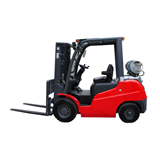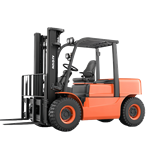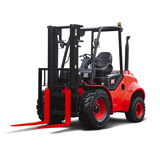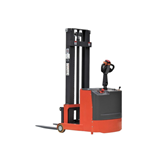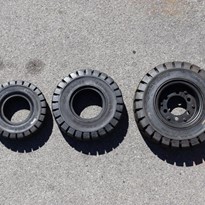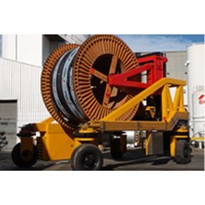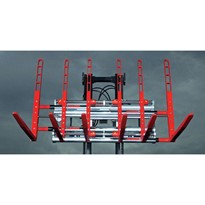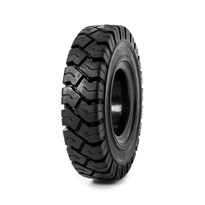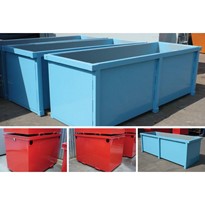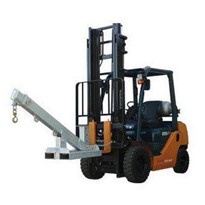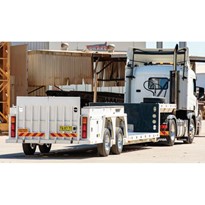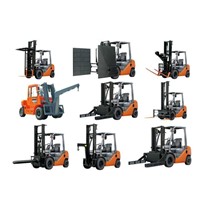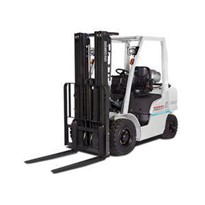After suitable training, it allows a person to operate a forklift. It can bring an increase in remuneration, more variety and massive responsibility, which some operators never seem to grasp.
Training starts at an approved training school. Theory is matched with examples. Questions are designed to elicit responsible and considered answers. Most of it is common sense, but as we know sense is not common.
Safety is at the heart of the training. Yes, you must always look behind you before backing up – the exception is the day you strike an 80 kg person with a 2 tonne monster.
Why must you never cross a sloping gradient with a load? Well the load is likely to topple the forklift sideways with you in it. So why do you have to buckle up before moving off? Because if it tips over, you will be in the truck and not under it.
Speeding with a loaded forklift is witnessed at many, many premises, where the overconfident driver strives to impress the boss and onlookers, that is until he can’t stop in time to prevent a serious accident. Drivers who do not make waves are the ones who rarely have an accident.
Training is complemented by on-the-job experience and a driver must log a considerable number of hours under guidance from a qualified driver at the work place. Hopefully the work place trainer is a responsible, safe person.
We have all seen the pictures of a forklift lifting another forklift, or lifting something on to a mezzanine floor, and we marvel at the incredible stupidity of such actions. Yet, many incidents of lifting persons on pallets or moving loads so heavy that the forklift is tipping over is only stabilized by a few guys hanging off the back end.
So for all of the training, where does the buck stop? With the forklift driver of course – initially. Then the supervisor, the manager, the CEO eventually, all take the rap and the hefty fines for a workplace incident that sometimes results in the death of a colleague. The business gets a tarnished reputation and a family grieves.
So, future forklift operators: take your job very seriously, and never stray from the righteous and safe path, no matter who tells you otherwise. Oh, and take it slow and steady. The boss will praise you for not giving the firm a bad reputation, because he understands that fast can be dangerous.
Strangely enough, a Walkie Stacker operator is not required to have a license to drive this class of machine. There is some contention as to whether or not a ride-on version (where a stand folds down, which allows the motor to operate) requires a license. Contact WorkSafe or your equivalent state body to find out.
ALL forklifts and stackers should be policed by the company operating them. This should be in the form of a log book, which determines just who in your organization is responsible for training. The trainer ensures that operators are fit to drive, after lessons and practical tests have been performed. The log book is signed by the trainer. No other person must drive that truck unless also suitably trained.
Walkie stackers have forklift blades, which if left at height can pierce a persons face, or blind them when they walk into it. They can carry up to 1.5 tonnes of product, which can topple onto a person standing nearby if the load is unsecured, or the stacker tries to roll over a discarded pallet board.
Checks on the working state of the equipment is the responsibility of the user. Some checks must be performed at the start of each day, others are weekly or monthly. Never operate a forklift or walkie stacker when it is faulty. If faulty, place a ‘Do Not Use’ sign on it, and call the Supervisor. If the operator drives a truck which is faulty and an accident occurs, the driver is responsible firstly, then the management.
So, check the safe usability of the truck. Look first, often and always at the environment and ahead (or behind). Go slow. Keep pedestrians away from the area. Lower the load close to the ground before moving off. Maintain a clear view of the way ahead. Don’t drive across gradients. Drive forwards up a gradient and reverse down a gradient. Get help to ensure a clear path if the way is obstructed. Use the truck for the purpose/s intended only.


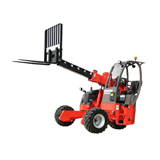
-160x160-state_article-rel-cat.png)
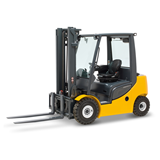
-160x160-state_article-rel-cat.png)
